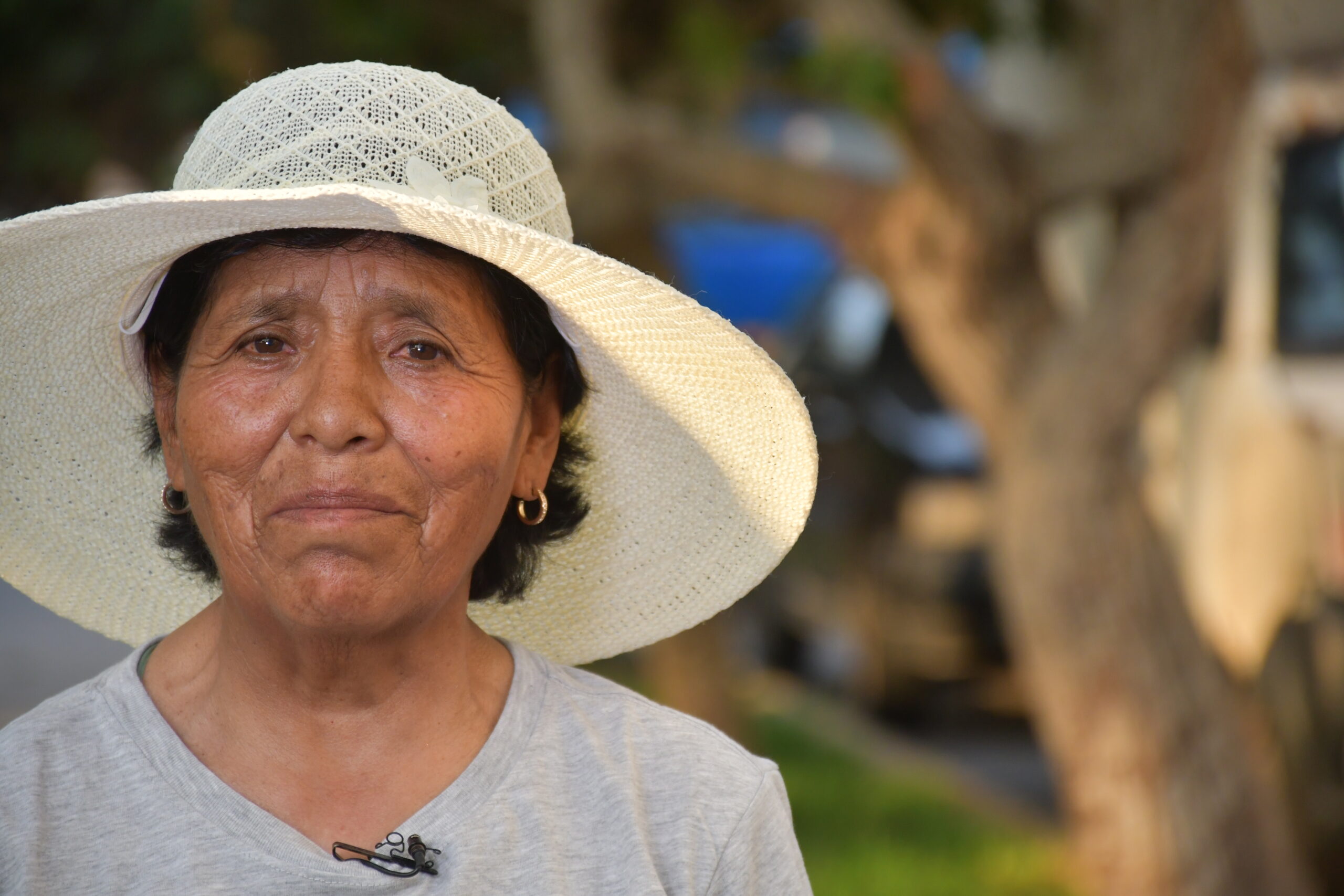Thousands of poor and Indigenous women were sterilized without their consent in Peru during the regime of Alberto Fujimori. Three decades later, they are still waiting for justice in one of the country’s most serious human rights violations.
Denied Rights in Latin America
The wounds remain open. Nearly three decades later, thousands of Peruvian women are still fighting for justice after being victims of forced sterilizations during the government of Alberto Fujimori (1990–2000). Their stories reveal one of the darkest chapters in Peru’s recent history.
Rosa Reátegui: “I don’t enjoy being alive”
Rosa Reátegui was only 26 years old when she was sterilized without her consent. She lived in a village in the Peruvian jungle and had just given birth to her fourth child. Health promoters came to her home offering what they claimed was a family planning program. They never explained that she would undergo a tubal ligation.
“I SCREAMED, I SCREAMED… BUT THE DOCTOR SAID, ‘IF SHE DOESN’T CALM DOWN, THROW HER OUT,’” ROSA RECOUNTS THROUGH TEARS.
Still strapped to the stretcher, she felt the cold metal of the surgical instruments. The physical pain was devastating, but the emotional wound cut even deeper. Her testimony is one of more than 2,000 documented by human rights organizations in Peru.
A Systematic Pattern: Poor, Indigenous, and Rural Women
The victims of forced sterilizations share common traits: they were poor, Indigenous women with multiple children. They were targeted as part of a state strategy to reduce birth rates in rural areas.

Inés Condori, sterilized in Cusco in 1995, woke up from a “simple operation” only to discover she would no longer be able to have children. She was expelled from the hospital while bleeding and was told her husband would leave her.
Victoria Vigo, another survivor, faced persecution after reporting her case. She lost her baby and her fertility. “How can someone decide for you?” she asks, her voice breaking.
What Happened Between 1996 and 2000?
According to Peru’s Ministry of Health, over 2,000 cases of sterilization without consent were recorded between 1996 and 2000. Most of these procedures were carried out in communities in the Andes and Amazon regions, where access to information and legal services was limited.
A 2024 United Nations report labeled this policy as systematic violence against Indigenous and impoverished women. Yet impunity has persisted.
Fujimori and Aguinaga: Defending the Indefensible
Alberto Fujimori denied until his death in 2023 that he had ordered forced sterilizations. His former Health Minister, Alejandro Aguinaga — now a congressman — continues to defend the program, claiming it was a policy aimed at reducing maternal mortality.
In 2024, a legal motion filed by Aguinaga brought the case back to square one. The Public Prosecutor’s Office must now refile charges under the new Penal Code — yet another setback in the pursuit of justice.
Symbolic Reparations Without Real Justice
Although a Registry of Victims of Forced Sterilizations was created in 2015, and in 2022 the Judiciary ordered reparations, the Ministry of Justice has yet to implement a clear reparations policy.
“I FEEL MOCKED,” SAYS ROSA, UPON LEARNING THAT HER CASE REMAINS STALLED.
“RECOGNIZE THIS AS A CRIME AGAINST HUMANITY,” DEMANDS INÉS.
Meanwhile, the daughters of survivors march through the streets demanding justice. They shout loudly: “We are the ones you couldn’t sterilize.” The memory lives on. So does the fight.


